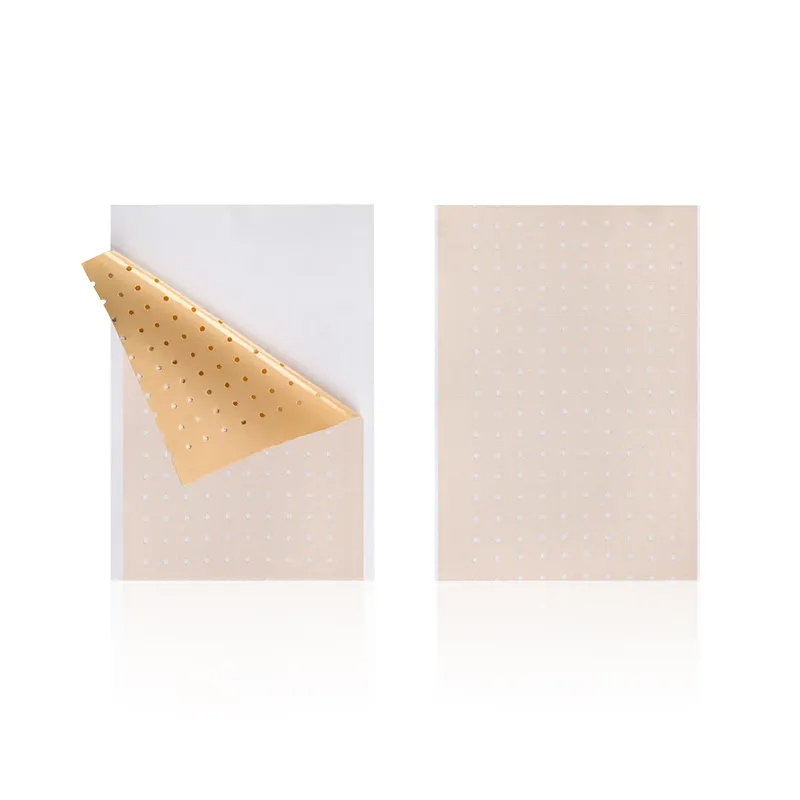Capsaicin Patch
Chronic pain affects millions of people, limiting activities and reducing quality of life. Medications provide relief but come with risks. For a natural alternative, capsaicin patches may help manage pain safely and effectively.
What is Capsaicin?
Capsaicin is the active ingredient in chili peppers that gives them heat and spice. It binds to receptors in the skin and triggers the release of chemicals that transmit pain signals.
However, repeated use over several weeks can decrease sensitivity to pain by depleting substance P, a neurotransmitter that communicates pain signals to the brain. As sensitivity decreases, pain relief increases.
How Do Capsaicin Patches Work?
Capsaicin patches contain a high concentration of capsaicin. When applied to the skin, capsaicin soaks through and causes a warm, tingling feeling. With repeated, regular use, capsaicin depletes substance P nerve fiber concentrations in the skin, interrupting pain signals.
Patches are convenient, providing continuous delivery of capsaicin to a localized area for up to 12 hours. Since application is limited to the affected area, side effects are minimal compared to oral pain-relieving medications that are distributed throughout the body.

Using Capsaicin Patches Effectively
Choose the right location
It's important to apply capsaicin patches to the most painful area. Common locations include the lower back, knees, elbows, shoulders and wrists. Avoid sensitive areas like the face, armpits, and groin.
Prepare the skin
Thoroughly clean and dry the skin before applying a patch. Remove any hair, oils, or lotions from the area which could prevent the patch from adhering. Patches stick best to clean, dry skin.
Start slowly
When using capsaicin patches for the first time, it's best to begin slowly. As tolerance increases, slowly builds up to longer application times.
Use consistently
It can take up to 4-6 weeks of consistent, repeated use before the full pain-relieving benefits of capsaicin are experienced. Do not skip applications or alter the treatment schedule. Consistent, proper use is key.
Monitor for skin reactions
Some people may experience localized skin reactions from capsaicin patches, including redness, burning, itching, or slight bumps. Discontinue use if any concerning or painful reactions develop.
Common Conditions Treated by Capsaicin Patches
Osteoarthritis Pain
- Knee osteoarthritis
- Hand osteoarthritis
- Hip osteoarthritis
Musculoskeletal Pain
- Fibromyalgia
- Lower back pain
- Muscle strains and sprains
Other
- Rheumatoid arthritis
- Foot pain from plantar fasciitis
What to Expect When Using Capsaicin Patches
Here's a general timeline of what to expect when using capsaicin patches to manage pain:
First week
- Warm, tingling sensation after initial applications
- Skin may redden slightly
Weeks 2-4
- Skin sensations diminish as nerve fibers depleted
- Gradual improvements in pain, function
- Use consistently 1-2 times per day
Weeks 5-6
- Noticeable pain relief in the treated area
- Function improves (e.g. walking, using hands)
- Motion easier and less painful
2+ months
- Consistent, significant pain relief
- Patches can be used less frequently for maintenance
- Consult a doctor regarding continued use as needed
Allow at least 4-6 weeks of regular use to experience the accumulated benefits of capsaicin patches. Be patient and do not give up too soon.
The Takeaway
For those with chronic pain seeking safe, natural relief, capsaicin patches are an effective option proven to reduce pain and improve function.









